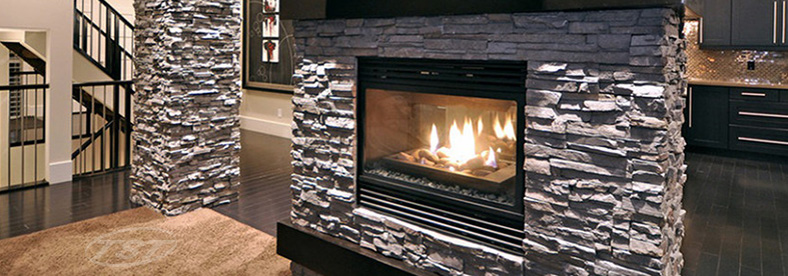Industry News
The Rock used for making Roads, Houses and Buildings
Generally speaking, we tend to use the word stone for building materials and rock for geological structures, all of which are near-synonyms, but the word stone has implications of deliberate quarrying in its production.
There is no one exclusively used for building materials as diverse as Tufa and Granite (essentially opposite ends of a hardness scale) have been used. Sandstone erodes very rapidly, at least compared to limestone, but is still common in buildings.
Probably the best answer to your question is that the stone most commonly used is Local. It’s a heavy material, difficult to transport, so until the late industrial era, the cost of shipping was a big and important factor.
But we also chose particular materials where the advantages of a type vastly outweigh simple economics. Some examples are as below .

Granite chippings are very dimensionally stable and mechanically strong, and weather slowly. They make ideal ballast for railway lines, or foundation infill for large structures Limestone chippings do weather noticeably, and make a decent roadbed for paths and track ways.
Slate is easily cleaved into thin sheets along the bedding planes, and is impervious to water so it makes a splendid roofing material.
Roads, concrete and asphalt use crushed rock, usually called aggregate. We sometimes call it gravel, but that’s a little sloppy, because if it started out as gravel, it has been crushed before use, in which case it is at least properly called crushed gravel. Blocks of rock for buildings are usually called Building Stone or by the actual rock name or nickname like Brownstone. Often the stone for buildings is a thin layer, maybe 3/4 inch thick, that is called Facing stone used for a decorative weather surface. Facing stone goes by a wide range of proper rock names or trade names such as Dakota red granite, Baltic Brown etc. usually denoting the product of a specific quarry or region. In terms of what specific types or rock are used, with the exception of facing stone, shipping cost rules the day. Regions tend to use the best rock that is handy, not the best from an engineering point-of-view. If you look at different cities, you can see differences in the building stone they use, especially in the older buildings. Even the pyramids had to compromise, using rock from the location for the vast bulk, and bringing in thin facing limestone from further away.
Categories
News
Contact Us
Contact: TSTC Building Materials
Phone: +86 15042736579
Tel: +86 15042736579
E-mail: service@tstcbm.com
Add: Shentong Road, Lagu Industrial Park, Fushun City, Liaoning Province , China .